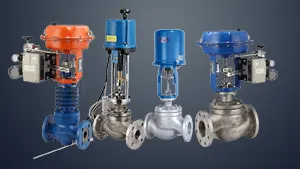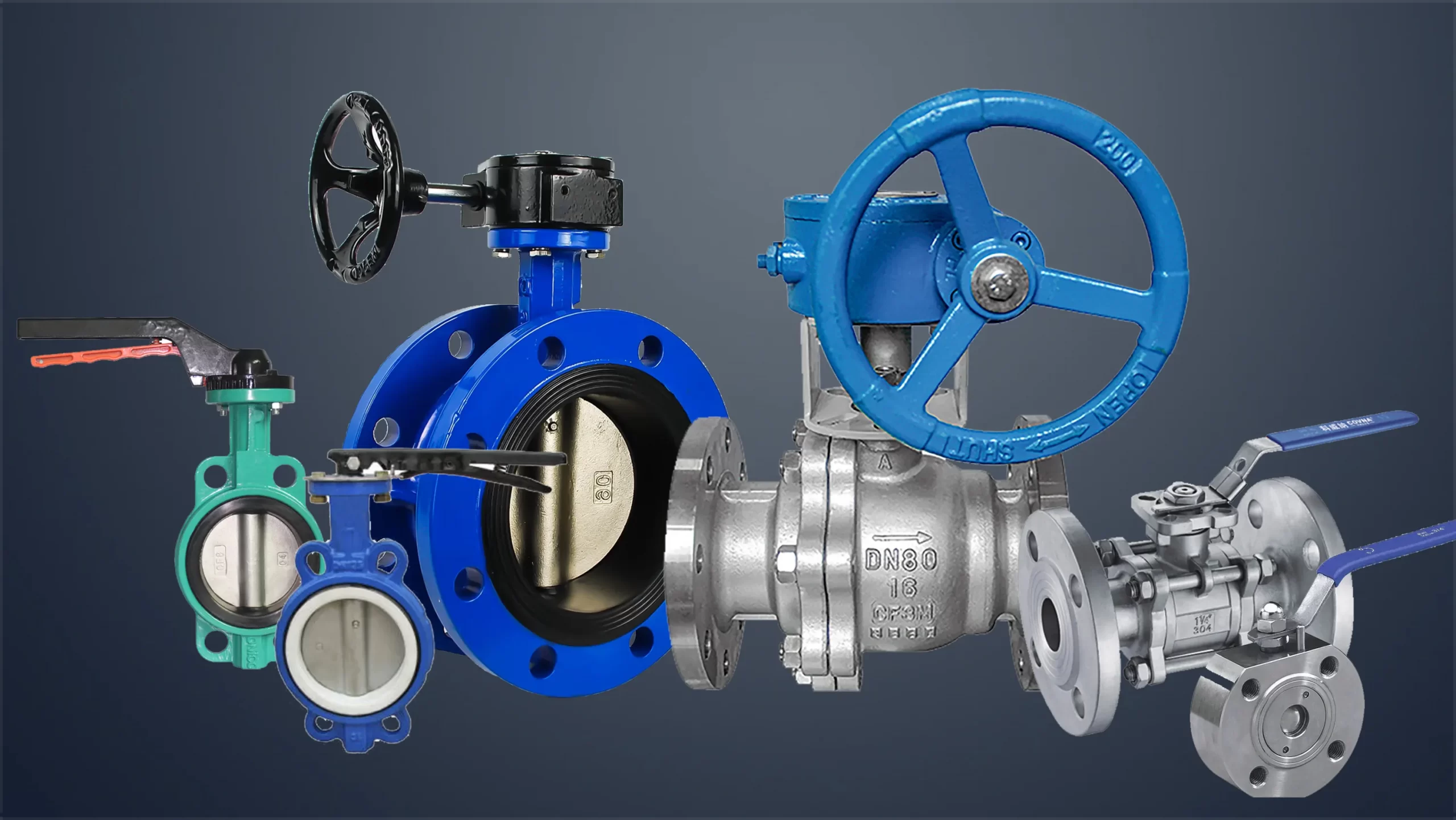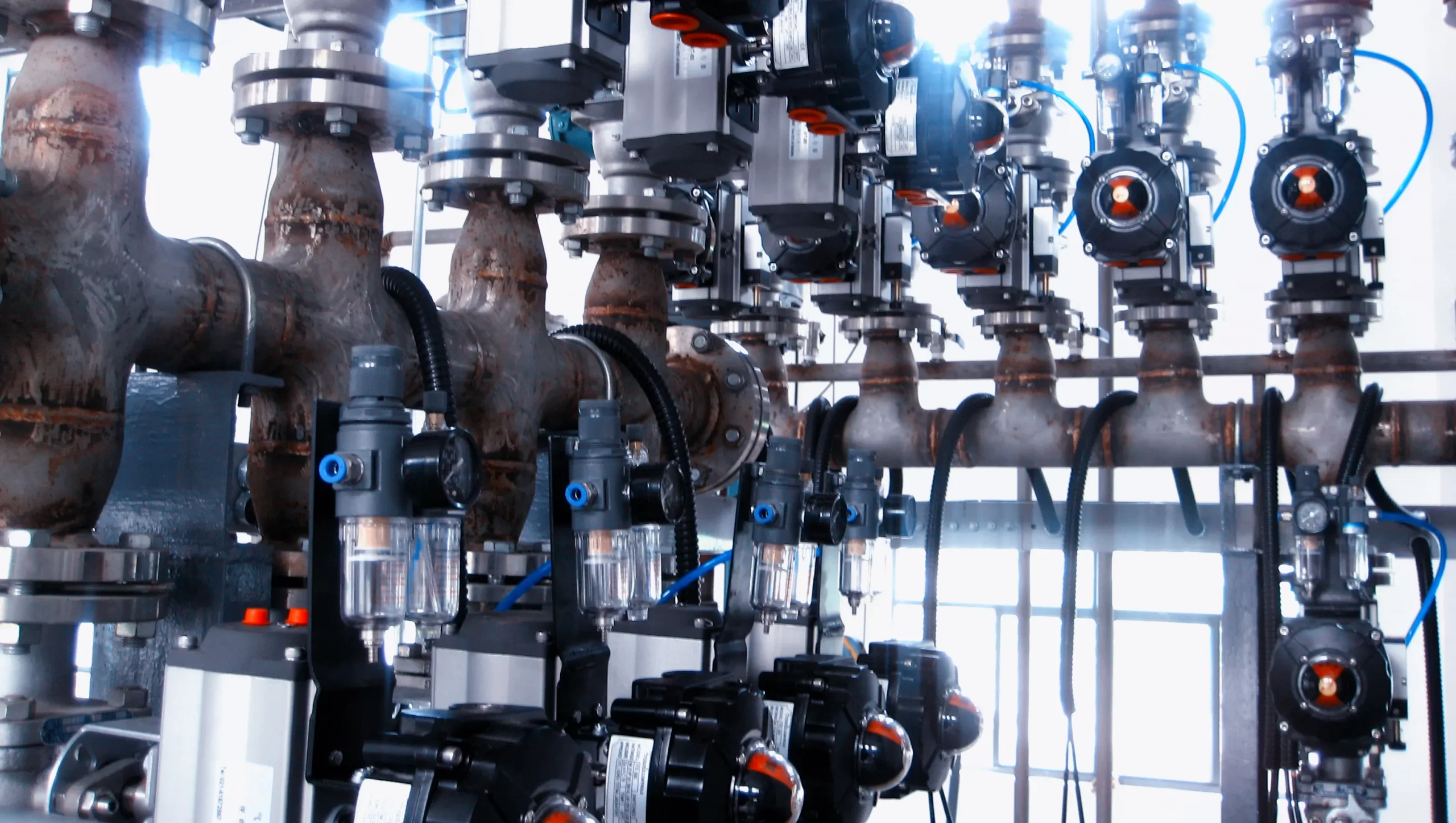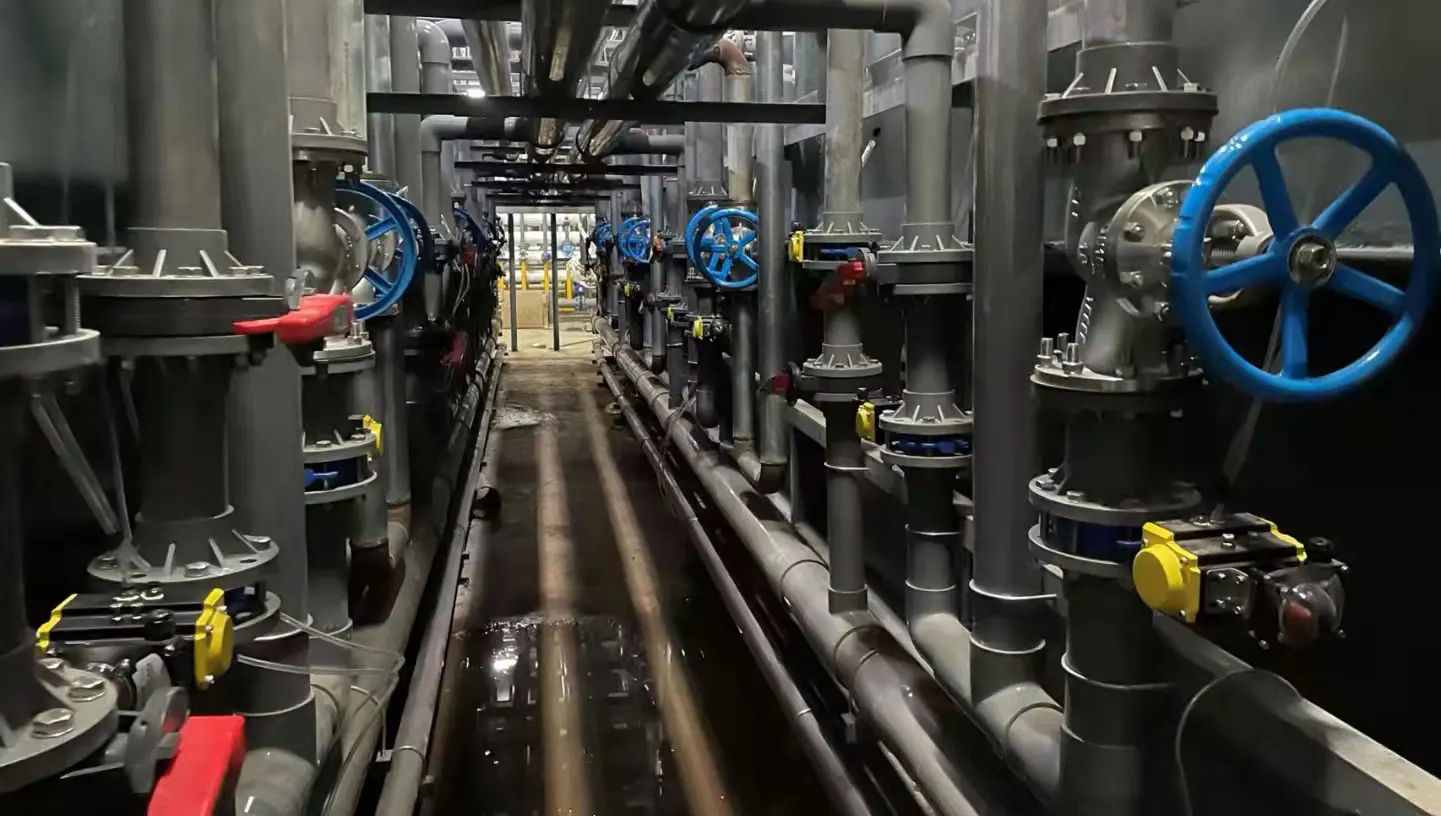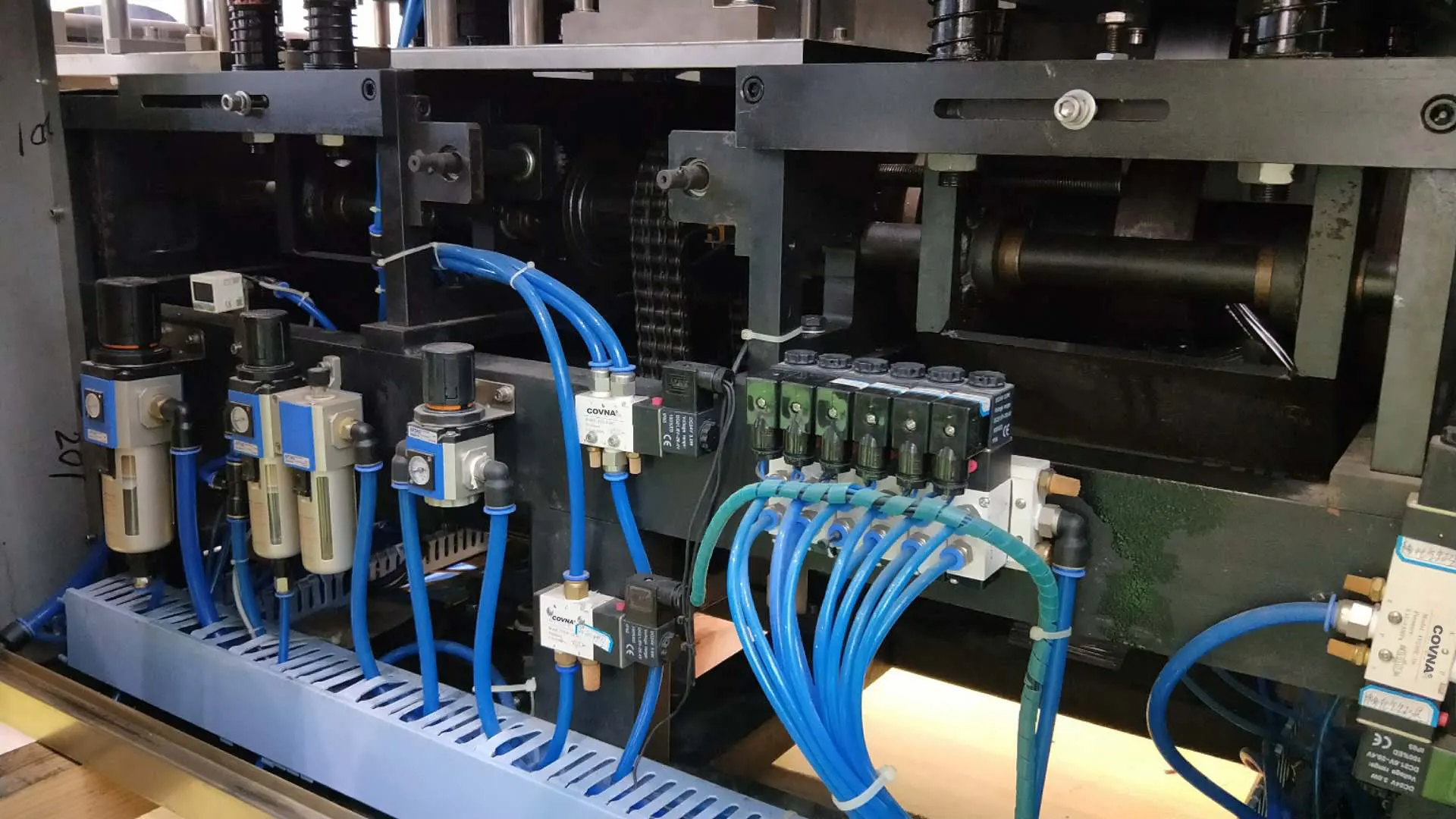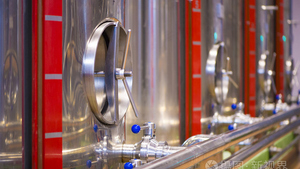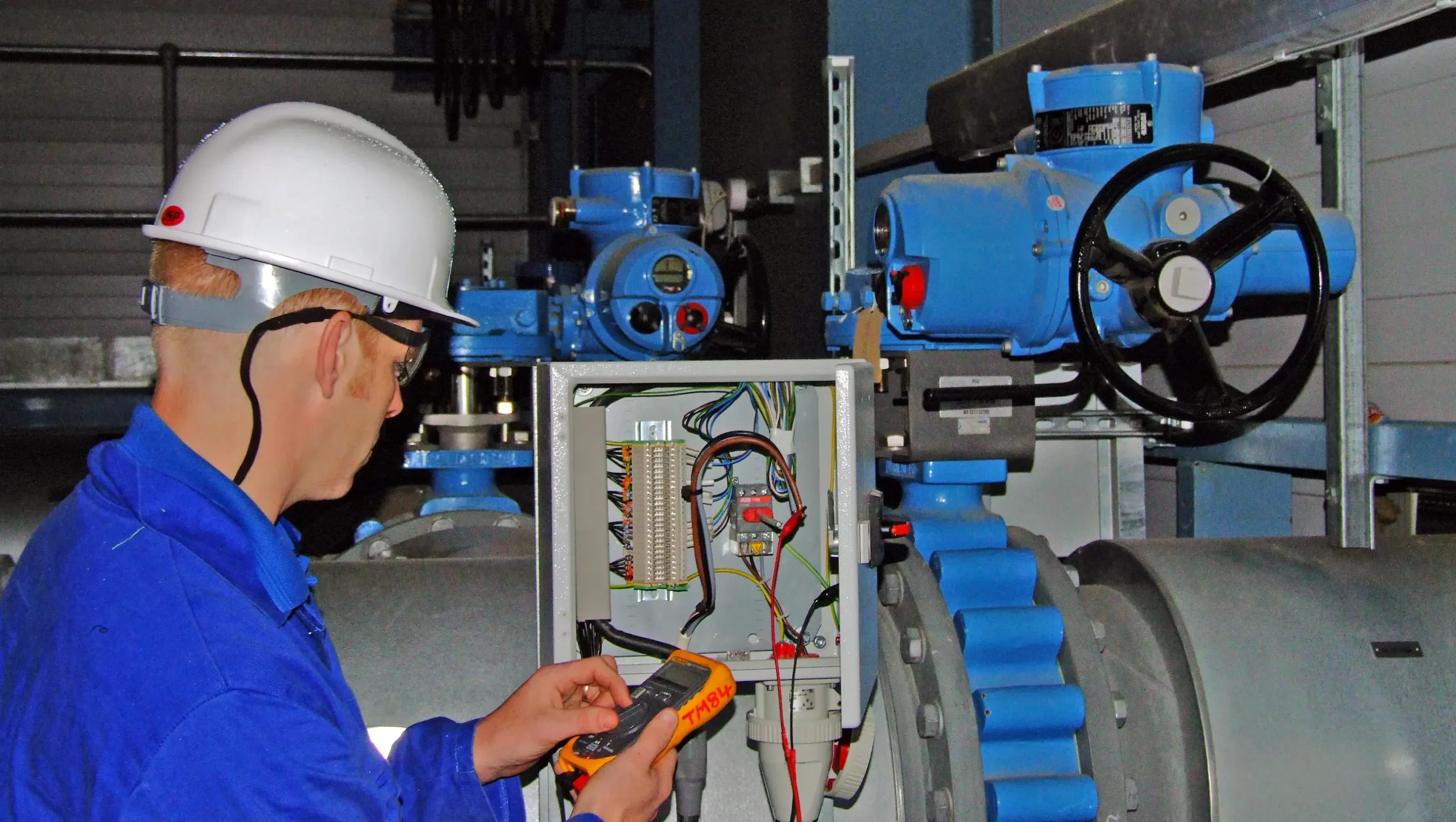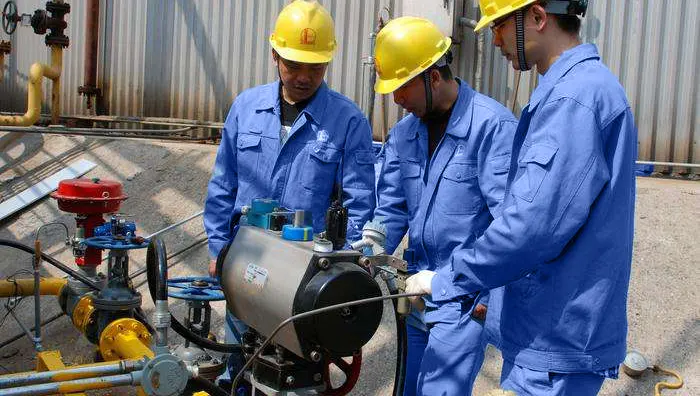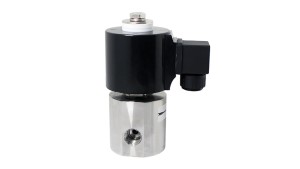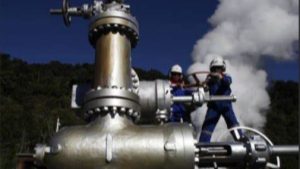In order to successfully realize process automation, the most important thing is to ensure that the valve itself can meet the special requirements of the process and the medium in the pipeline. Usually the production process and process medium can determine the type of valve, the type of valve core, and the structure and material of the valve trim and valve.
After the valve is selected, the next step is to consider the requirements of automation, that is, the choice of actuator. You can simply consider the actuator in terms of two basic types of valve operation.
1. Rotary valve (Single-turn Valve)
Such valves include: plug valves, ball valves, butterfly valves, and dampers or baffles. This type of valve requires an actuator that has the required torque for a 90-degree rotation operation.
Such valves can be non-rotating poppet stems or rotating non-lifting stems, or they require multiple turns to drive the valve to the open or closed position. Such valves include: straight-through valve (stop valve), gate valve, knife gate valve, etc. As an option, linear output pneumatic or hydraulic cylinders or membrane actuators are also opened to drive the valves.
There are currently four types of actuators, which can use different drive energy sources and can operate various types of valves.
- Electric multi-turn actuator
Electrically driven multi-turn actuators are one of the most commonly used and reliable actuator types. A single-phase or three-phase motor is used to drive a gear or a worm gear to finally drive the valve stem nut, which makes the valve stem move to open or close the valve.
Multi-turn electric actuators can quickly drive large-size valves. In order to protect the valve from damage, the limit switch installed at the end of the valve stroke will cut off the power of the motor. At the same time, when the safety torque is exceeded, the torque sensing device will also cut off the power of the motor. The position switch is used to indicate the switching state of the valve. The handwheel mechanism with the clutch device can manually operate the valve when the power fails.
The main advantage of this type of actuator is that all components are installed in a housing, and all basic and advanced functions are integrated in this waterproof, dust-proof and explosion-proof housing. The main disadvantage is that when the power fails, the valve can only be kept in place. Only when the backup power system is used can the valve achieve a fail-safe position (fail-open or fail-close).
- Electric single-turn actuator
This kind of actuator is similar to the electric multi-turn actuator, the main difference is that the final output of the actuator is a 1/4 revolution of 90 degree movement. The new generation of electric single-turn actuators combines most of the complex functions of multi-turn actuators, such as the use of a non-entry user-friendly operation interface to realize parameter setting and diagnosis functions.
Single-turn actuators are compact in structure and can be installed on small-sized valves, usually with an output torque of up to 800 kgm. In addition, they should require less power, and they can be installed with batteries to achieve fail-safe operation.
- Fluid-driven multi-rotary or linear output actuator
This type of actuator is often used to operate straight-through valves (stop valves) and gate valves, which use pneumatic or hydraulic operation. The structure is simple, the work is reliable, and it is easy to realize the fail-safe operation mode.
Under normal circumstances, people use electric multi-turn actuators to drive gate valves and globe valves, and only consider using hydraulic or pneumatic actuators when there is no power supply.
- Fluid-driven single-turn actuator
Pneumatic and hydraulic single-turn actuators are very versatile, they do not require power supply and have simple structure and reliable performance. They have a wide range of applications. Usually the output ranges from a few kilograms of meters to tens of thousands of kilograms of meters. They use cylinders and transmission devices to convert linear motion into right-angle output. Transmission devices usually include: fork, rack and pinion, and lever. The rack and pinion output the same torque in the full stroke range. They are very suitable for small size valves. The fork has higher efficiency and high torque output at the beginning of the stroke is very suitable for large diameter valves. Pneumatic actuators generally install solenoid valves, positioners or position switches and other accessories to control and monitor the valves. This type of actuator is easy to achieve fail-safe operation mode.
Tags: COVNA valves
--- END ---




